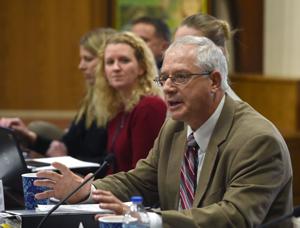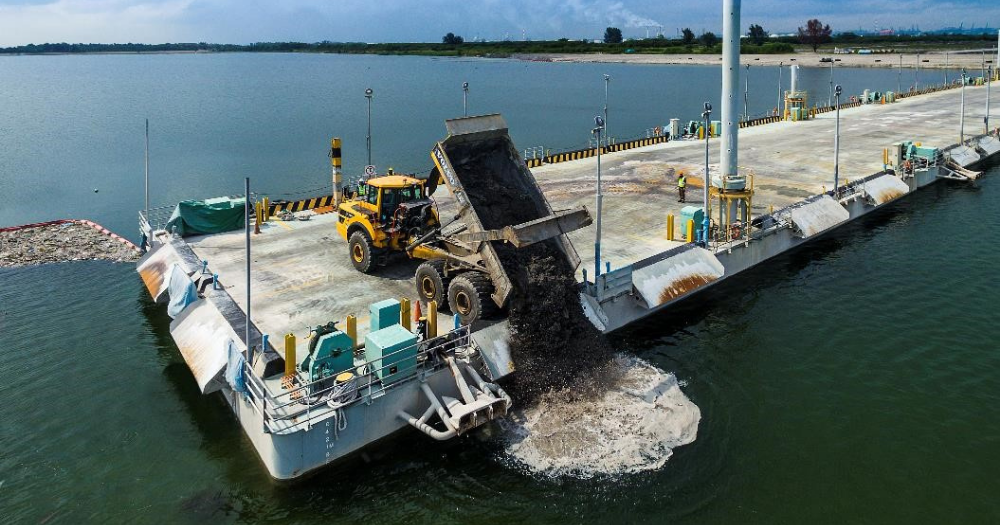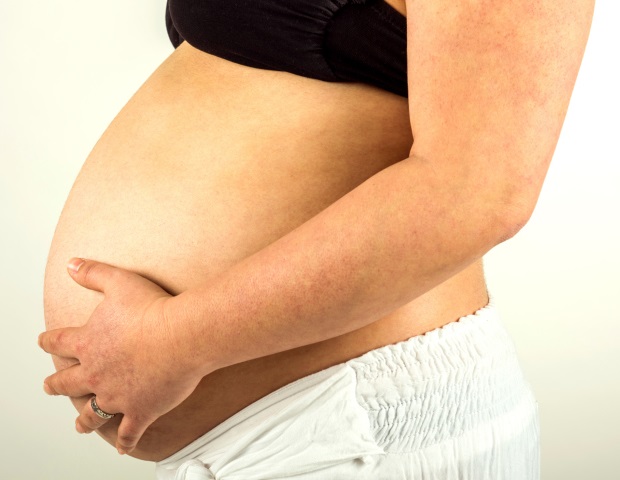
Research shows that even low levels of air pollution can contribute to severe respiratory infections in adults. Study: Long-term exposure to air pollution and lower respiratory infections in a large population-based adult cohort in Catalonia . Image Credit: New Africa/Shutterstock.
com Lower respiratory infections (LRIs) are more common in children exposed to polluted air, but whether the same risk applies to adults has been unclear. A recent study published in Environment International explores this question, adding urgency to the effort to reduce air pollution. Introduction Air pollution is known to increase the risk of lung diseases like asthma, but its connection to LRIs in adults remains uncertain.

A 2022 meta-analysis found limited and weak evidence supporting a link between long-term air pollution exposure and adult LRIs. This association, however, is biologically plausible. Air pollution weakens alveolar macrophages' ability to clear infectious organisms, triggers inflammatory immune responses in the lungs, and upregulates cell receptors that allow pathogens to enter.
It also disrupts the gut microbiome , which plays a key role in protecting the body against harmful microbes. Men appear to be at higher risk for LRIs, potentially due to hormonal differences. Other risk factors include smoking, chronic liver and kidney disease, being underweight, and a history of prior hospital admissions.
While air pollution has declined in many regions over the past decade, even low levels pose a threat to human health. As global populations age, the burden of LRIs linked to air pollution continues to rise. About the study This study examined the concentration-response function (CRF) between long-term air pollution exposure and LRI-related hospitalizations in adults, aiming to identify high-risk groups.
Researchers analyzed data from the COVAIR-CAT cohort in Catalonia, Spain, which included over 3.8 million adults. Among them, 93,875 were hospitalized for LRIs.
Related Stories Study investigates ambiguities in ICD coding for respiratory infections Air pollution linked to head and neck cancer risk Novel hMPV strains linked to rising respiratory infections in young children Participants’ residential addresses were used to estimate their air pollution exposure, and hospital admission rates for LRIs were compared against pollutant concentrations. Researchers also assessed interactions between air pollution exposure and socioeconomic or clinical factors. Key findings The study stratified air pollution exposure by pollutant type and intensity, revealing significant differences in hospitalization risk.
A one-quartile increase in nitrogen dioxide (NO2) exposure was linked to an 8% higher risk of hospitalization for LRIs. For particulate matter (PM2.5, ≤2.
5 μm), the risk increased by 10% per quartile change, while PM10 (≤10 μm) showed a 5% increase. Ozone exposure had the highest impact, with an 18% increase in risk per quartile change. The associations for NO2 and ozone were non-linear, with the greatest risk increases occurring at both the highest exposures and between the first quartile and the median.
In contrast, PM2.5 and PM10 showed more linear relationships with hospitalization risk. When multiple pollutants were present, the estimated risk associations strengthened compared to exposure to individual pollutants.
Interactions with other factors LRI-related hospitalizations were more strongly linked to air pollution in older adults (65+), men, and individuals with high blood pressure. Socioeconomic factors and population density did not significantly alter risk. Older adults made up 24% of the total cohort but accounted for 79% of LRI-related hospital admissions, likely due to weakened immunity and respiratory function.
Among men, air pollution exposure increased hospitalization rates by 50%, compared to 3% among women. Hypertension was present in 23% of the overall cohort but 57% of LRI-related hospitalizations. Diabetes affected 9% of the cohort but 30% of those hospitalized for LRIs.
COPD was found in 3% of the cohort but 23% of the hospitalized subgroup. Implications Previous studies have linked chronic air pollution exposure to increased pneumonia hospitalizations. This study underscores the serious health risks by demonstrating a significant rise in LRI-related hospitalizations, even at air pollution levels deemed acceptable by current European Union (EU) standards.
The study found that hospitalization risk increases non-linearly, peaking at median concentrations and the highest exposures—consistent with earlier findings on pneumonia incidence linked to long-term pollution exposure. Interestingly, LRIs were more strongly associated with air pollution than pneumonia and influenza, possibly due to the protective effects of flu and pneumococcal vaccines. These vaccines not only reduce bacterial respiratory infections but may also help mitigate lung inflammation caused by air pollution.
However, they do not protect against LRI-related pathogens such as respiratory syncytial virus (RSV). Conclusions This study provides strong evidence that long-term exposure to air pollution increases the risk of LRI-related hospitalizations. It also highlights different concentration-response patterns for various pollutants, whether alone or in combination.
The findings identify older adults, men, and individuals with hypertension as particularly vulnerable groups that would benefit from pollution reduction efforts. Alari, A., Ramzani, O.
, Mila, C., et al. (2025).
Long-term exposure to air pollution and lower respiratory infections in a large population-based adult cohort in Catalonia. Environment International . doi: https://doi.
org/10.1016/j.envint.
2024.109230 . https://www.
sciencedirect.com/science/article/pii/S0160412024008171?via%3Dihub.















